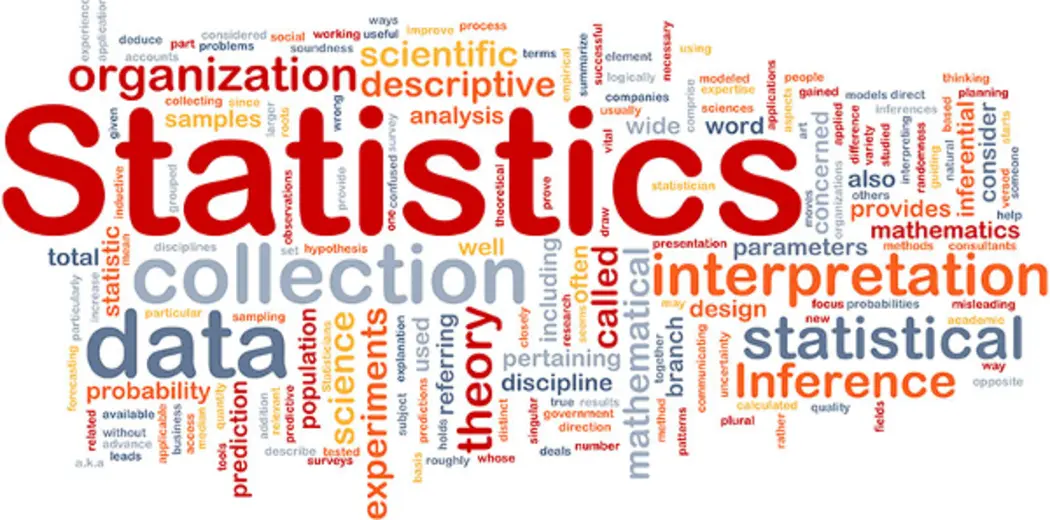
Introduction
In this article, we will provide all the information related to academic writing like, what is academic writing? Why is it done?, What is its purpose?, and Which person does it?
Academic writing is a formal style of writing for universities and scholars. This style will be used in journal articles and books, and you will be expected to write your essays, research papers, and dissertations in an academic style. In this writing, you need to think deeply about the original topic. Based on the evidence of the original article, critical thinking is also necessary. Academic writing requires in-depth analysis of complex problems and ideas. Therefore critical thinking is essential to evaluate and make decisions based on evidence.
No matter what type of writing you are doing, whether you are preparing a thesis, dissertation, or scientific article, incorporating data and statistics is important for academic writing.
In this blog post, we will study the format of using data and statistics in academic writing, best practices, common mistakes, and the importance of clarity and accuracy.
Understanding Data and statistics
The meaning of the words ‘data’ and ‘statistics’ is almost the same. They are often used interchangeably, but still, there is a significant difference between them in scholarly research. Let us know this difference through their definition.
Statistics is the science of collecting, organizing, and analyzing data. All the basic mathematics required for this data is included in statistics. And then we can say about data, data is the facts or pieces of information.
Generally, there are two types of data in Statistics-
Quantitative Data
Data that can be quantified, measured, etc.
Example: age, income, distance, temperature, price, etc.
Qualitative Data
Qualitative data is the type of data that describes the qualities of an item.
It cannot be expressed in the form of a number. It is in the form of text, images, audio, video, etc.
Qualitative data is collected through questionnaires, interviews, etc.
Examples: honesty, satisfaction, motivation, happiness, etc.
Understanding the Role of Data and Statistics
In academic writing, presenting data and statistics correctly can make your arguments more effective. However, incorporating these elements effectively requires careful thought and skill. In academic writing, data is selected and organized systematically.
Before we step into the mechanics it is important to understand the different types of data, which deal with numbers and measurable forms, and qualitative data, which focuses on descriptive and observational aspects, both play important roles in academic writing. The role of data and statistics is to provide evidence.
Statistics provide more strong or concrete evidence to the arguments made in data. By using statistics in writing, writers can strengthen their arguments and make them more credible.
Incorporating Data in Academic Writing
In the academic journey, it is necessary to first check the correct data and you have to find such information which will make your research helpful and reliable, that is, it will be different from other research. Meanwhile, you also have to keep in mind that your information is related to the original topic. It should be different i.e. your topic should be considered as the center and all the information should be provided.
Now, since honesty is very important in this writing, you need to select appropriate data and make proper citations and references to the sources.
Utilizing Statistics in Academic Writing
Giving value to your data is paramount. Make sure your data fits your research questions and objectives. Equally important is the credibility of the source – you should trust data from peer-reviewed journals, government reports, and reputable organizations.
Ethical considerations should also be taken into account and guide your choice. You also need to ensure that the data is not manipulated or misrepresented.
Statistical data provides concrete evidence to support the arguments made in the paper. You can use statistical data to support your claims and make them more credible.
Common Pitfalls and How to Avoid Them
To discuss briefly, to avoid pitfalls, some things have to be kept in mind like misinterpreting the data can lead to wrong conclusions. It is essential to understand statistical concepts such as margins of error, confidence intervals, and p-values.
Avoid overreliance on data by balancing quantitative data with qualitative insights, and avoid cherry-picking (suppressing evidence, or a significant portion of the data) stay away from data that only supports your hypothesis.
To avoid this, keep in mind things like keeping your process slow, and not making hypotheses in haste.
Best Practices for Integrating Data and Statistics
The secret for integration data and statistics is all about bringing data from different sources to create a single format. Integrating data from various sources can bring several benefits, but it comes with its own set of challenges or words.
One of the best ways to practice statistics is to explore different data sets and platform various analyses on them. You can find data from various platforms of social media or online sources.
Conclusion
Incorporating data and statistics effectively in academic writing is about enhancing the credibility, and clarity of your arguments. You should carefully select relevant data and present it clearly, so you can be sure that your research is strong and impactful.
Writers often discuss the world or specific events in their letters. Statistical data can help support these generalizations by providing empirical evidence that supports the claims you are making.
Pingback: Balancing Creativity and Formality in Academic Writing -